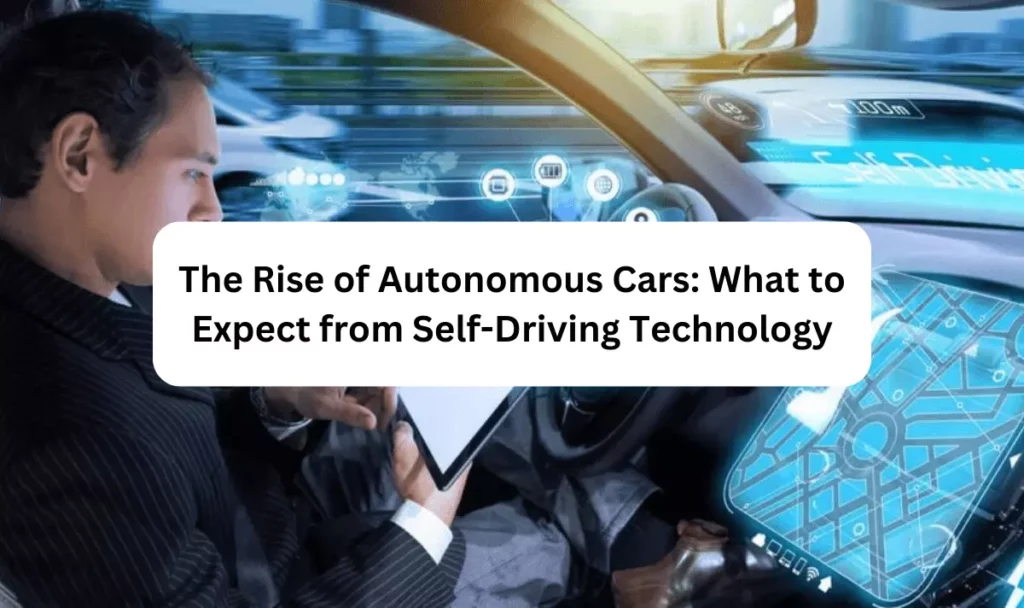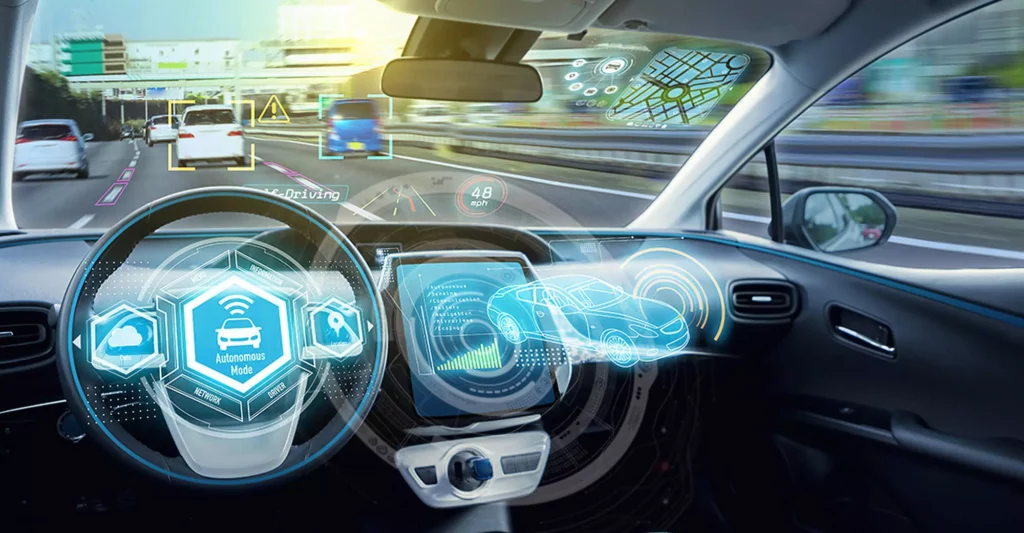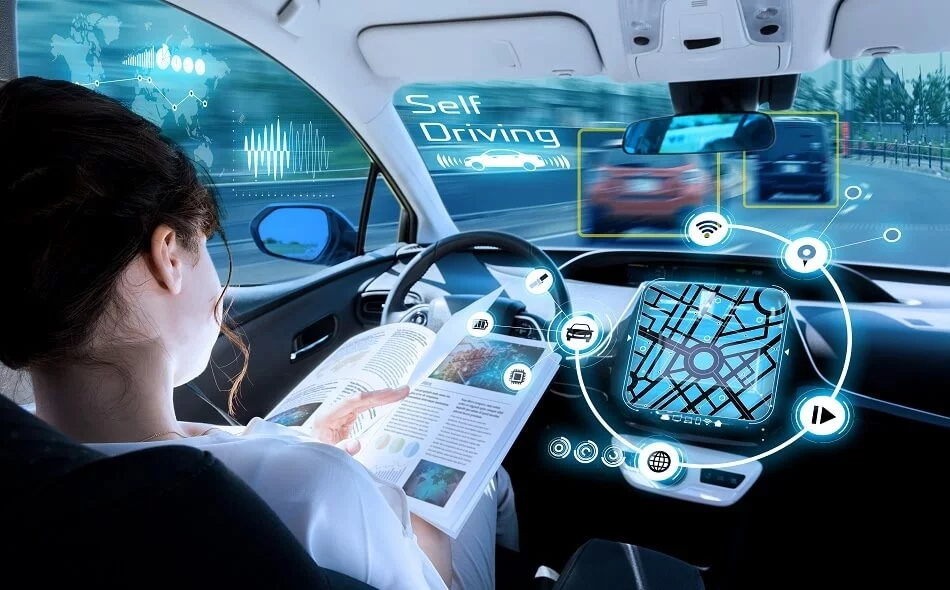
Autonomous cars, once a dream of science fiction, are now becoming a reality. The rapid advancements in self-driving technology have paved the way for a future where cars can navigate and operate without human intervention. With major players like Tesla, Google, and traditional automakers investing heavily in autonomous driving, it’s only a matter of time before self-driving cars become a common sight on our roads. In this blog post, we’ll explore the exciting developments in autonomous vehicles and what we can expect from this transformative technology.
Content
The Benefits of Autonomous Cars
The rise of autonomous cars brings numerous benefits to society. First and foremost, it promises to revolutionize road safety. Human error is a leading cause of accidents, but with self-driving technology, the risk of collisions can be significantly reduced. Autonomous cars are equipped with advanced sensors, cameras, and algorithms that enable them to detect and respond to their surroundings with lightning-fast precision. By eliminating human error, we can potentially save thousands of lives and make our roads much safer.
Another significant advantage of autonomous cars is increased efficiency. Self-driving vehicles have the potential to optimize traffic flow, reduce congestion, and minimize fuel consumption. With the ability to communicate with each other and traffic infrastructure, they can coordinate their movements to maximize road capacity and minimize delays. This not only saves time for individual drivers but also contributes to a more sustainable transportation system.
The Evolution of Self-Driving Technology

Self-driving technology has come a long way in a relatively short period. Early autonomous cars relied on basic features like adaptive cruise control and lane-keeping assist. However, advancements in artificial intelligence and machine learning have propelled self-driving technology to new heights. Modern autonomous vehicles employ a combination of advanced sensors, such as LiDAR, radar, and cameras, along with sophisticated algorithms to interpret and analyze data in real-time.
One of the key challenges in autonomous driving is achieving a high level of accuracy and reliability. Self-driving cars need to make split-second decisions based on complex scenarios, such as identifying pedestrians, cyclists, and other vehicles, interpreting traffic signs, and navigating challenging road conditions. To meet these challenges, engineers are continuously refining and enhancing the algorithms that power self-driving systems, making them more capable and intelligent.
Regulatory and Ethical Considerations

As autonomous cars inch closer to widespread adoption, there are important regulatory and ethical considerations that need to be addressed. Governments and policymakers are grappling with the task of creating comprehensive regulations to govern the deployment and operation of self-driving vehicles. These regulations need to address issues such as liability, cybersecurity, privacy, and the integration of autonomous cars with existing transportation infrastructure.
Moreover, ethical dilemmas arise when programming self-driving cars to make split-second decisions in potentially life-threatening situations. For example, should a self-driving car prioritize the safety of its occupants over that of pedestrians? These questions require careful consideration and public discourse to ensure that the adoption of autonomous vehicles aligns with societal values and expectations.
The Future of Autonomous Cars

The future of autonomous cars is brimming with possibilities. As technology continues to advance, we can expect self-driving cars to become more capable, reliable, and affordable. Increased connectivity and data exchange between vehicles will lead to enhanced safety and efficiency on the roads. Moreover, autonomous cars have the potential to transform transportation services, such as ride-sharing and delivery, by offering convenient, on-demand mobility solutions.
However, widespread adoption of autonomous cars is not without its challenges. Alongside technological advancements, building public trust and acceptance of self-driving vehicles will be crucial. Addressing concerns about safety, privacy, and job displacement will play a significant role in shaping the future of autonomous cars.
Conclusion
The rise of autonomous cars heralds an exciting new era in transportation. With their potential to improve road safety, increase efficiency, and transform mobility, self-driving technology holds immense promise. As the industry continues to innovate and overcome challenges, we can look forward to a future where autonomous cars become an integral part of our daily lives, revolutionizing the way we travel and experience the world around us.

Daniel is the eco-conscious auto whisperer. His blog doesn’t preach; it educates on the world of green transportation. It’s your guide to reducing your carbon footprint without sacrificing style or speed.
